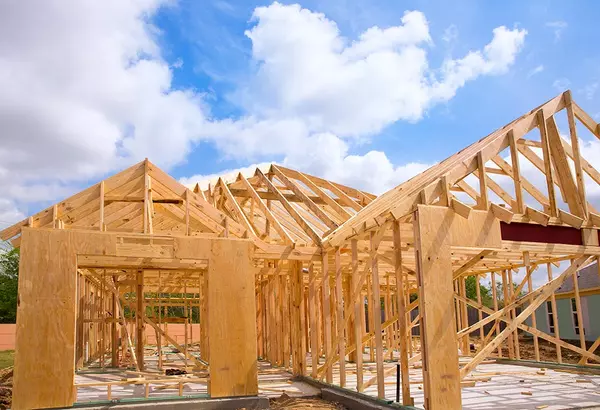blog article
Categories
Recent Posts

The Role of a Buyer’s Agent, Your Secret Weapon in Real Estate

The Right Price Sells Your House, Stop Playing the Waiting Game

Buying a Home with Bad Credit in Colorado

Why You Should Hire a Buyer’s Agent – Even When Buying New Construction

Give Kids The World Village: Because Every Child Deserves a Week of Pure Joy

Where Joy Lives: The Mission of Give Kids The World Village

Make a Difference with Every Real Estate Referral

Transform Lives Through Real Estate Referrals

Give Kids The World Village: Creating Magical Moments for Families in Need

Give Kids The World Village: Spreading Joy, One Family at a Time
